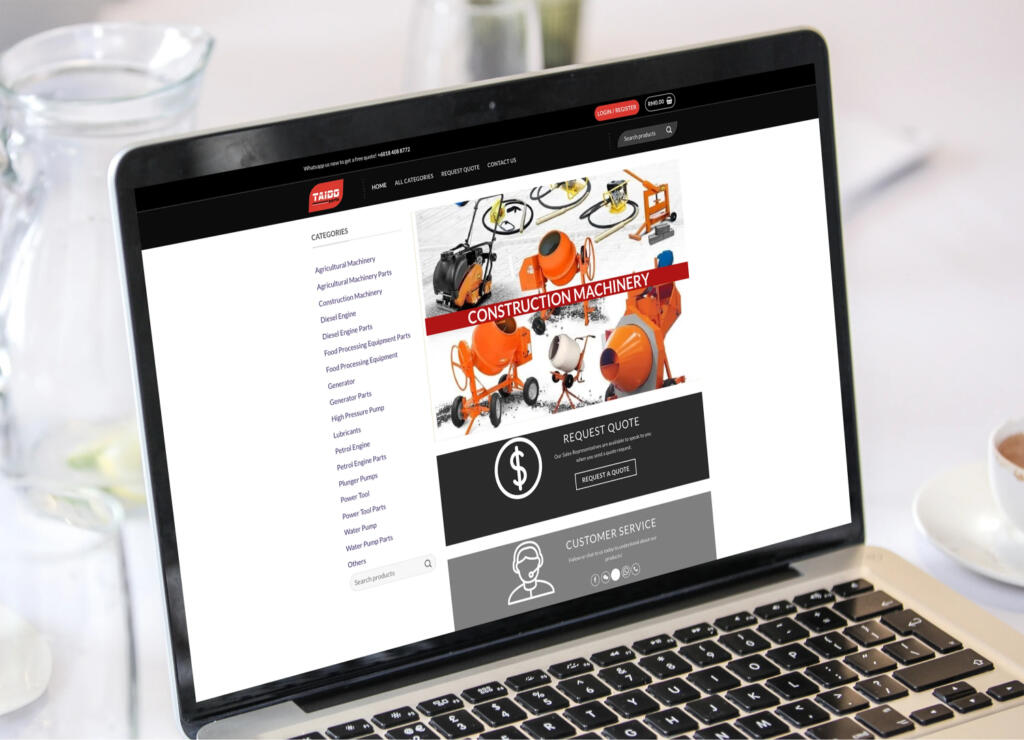Our top-tier consultancy services provide strategic guidance to elevate your entire digital presence.
Learn More
Contents
Healthcare marketing managers face a significant challenge: C-suite leaders demand proof that their work delivers measurable, clear-cut results. As budgets continue to shrink and patients continue to have increasing expectations, how do you demonstrate that your campaigns are effective?
This article gives realistic and simple steps on how to prove your impact.
Understand the C-Suite’s Priorities
Executives at the C-suite level are obsessive about results that will fund the future of the organization, such as increased revenue, expanded patient volume, and enhanced hospital reputation.
Based on the Malaysian Ministry of Health’s Health White Paper and opinions of professionals, financial sustainability has become a high priority area of concern to hospital CEOs and hospital healthcare leaders in Malaysia.
To increase elective surgeries, consider targeting high-margin services like joint replacement or cardiac care as the focus of your campaigns. Executives tune in to listen when you demonstrate how you use your marketing to support these objectives.
Prove Your Impact With Solid Numbers
A C-suite leader cannot be convinced more than by cold, hard numbers. Measure what is relevant to business, including patient acquisition cost, conversion, and the number of new appointments resulting from your campaigns.
To illustrate, say that your digital marketing strategies, such as social media advertisements, brought more people to visit the dermatologist through an increase of 15%. Calculate the revenue impact by demonstrating the effect of a new patient booking amounting to 200,000 dollars. Pull correct data using Google Analytics, HubSpot, or use the CRM in your hospital.
After this, write punchy, concise reports that will communicate your contribution. A straightforward solution, such as “this campaign brought in 300 new patients and generated 250,000 dollars,” takes the noise out. Facts speak louder than words, and they speak volumes about your worth.
Put Patients at the Heart of Your Campaigns
The patients should be attracted to your campaigns, and their experience should increase. Focus on patient-centered services with outcomes, e.g., easy online scheduling or telehealth. The practice demonstrates that you are not only filling beds but enhancing care delivery. Sharing these stories in executive meetings indicates that you’re not only improving lives but also achieving business targets. It’s a win-win that resonates with leaders.
Partner Across Departments
Teamwork increases your effectiveness. Cooperate with clinical leaders to market high-value services, such as oncology or bariatrics. Collaborate with IT to integrate marketing tools with electronic health records, enabling targeted patient outreach. As an example, a focused email campaign on cancer screenings, which embraces clinical goals, can raise the number of preventive care visits by 15%.
Share these successes with the C-suite and explain how your partnerships align with organizational objectives. Meetings with department heads are also a regular activity that keeps you aware of changes in priorities so that your campaigns do not become irrelevant.
Speak Clearly and Confidently
Executives prefer direct communication. Terms should be kept simple, and illustrations should be used to display findings. A graph illustrating a 20% increase in patient inquiries following a rebranding initiative is more impactful than a lengthy report. Expect difficult questions, such as how does this justify the budget?
Rehearse your pitch and support it with facts. A concise presentation, comprising five slides and key measures, might drive home the point.
Stay One Step Ahead of Trends
The field of healthcare is progressive, so you must stay abreast of the latest developments. Read about trends in AI-driven patient engagement or value-based care. According to a McKinsey report, by 2027, 40% of healthcare organizations will employ AI in customized marketing.
The Ministry of Health in Malaysia has initiated the Digital Health Blueprint to promote digital technologies as a means of enhancing healthcare delivery in Malaysia. As a marketing manager, you have an opportunity to align your efforts with this push nationally by spearheading digital efforts.
Propose audacious concepts, such as chatbots to follow up on patients, and relate them to cost reductions or higher satisfaction. Coming up with new progressive ideas demonstrates that you are proactive.
Invest in Your Growth
You should invest in yourself to demonstrate your worth. Attend trade shows like the Healthcare Marketing & Physician Strategies Summit to learn new tricks and concepts, and then bring them back to the office. Enroll in online programs to enhance your data analytics or strategic communication skills.
As an illustration, the ability to use Tableau to visualize campaign data will make your reports more engaging. Present the knowledge you acquired to your team or the executive and position yourself as a thought-leader. As you mature, your campaigns become more intelligent, and your standing in the eyes of the C-suite will increase.
Conclusion
The capability to think like an executive, demonstrate impact using data, and communicate are three ways in which healthcare marketing managers can demonstrate their value. Invest in patient-centric campaigns, establish good partnerships, and be ahead of trends. Begin with small steps: select one campaign, calculate its ROI, and report it during the next leadership meeting.
























